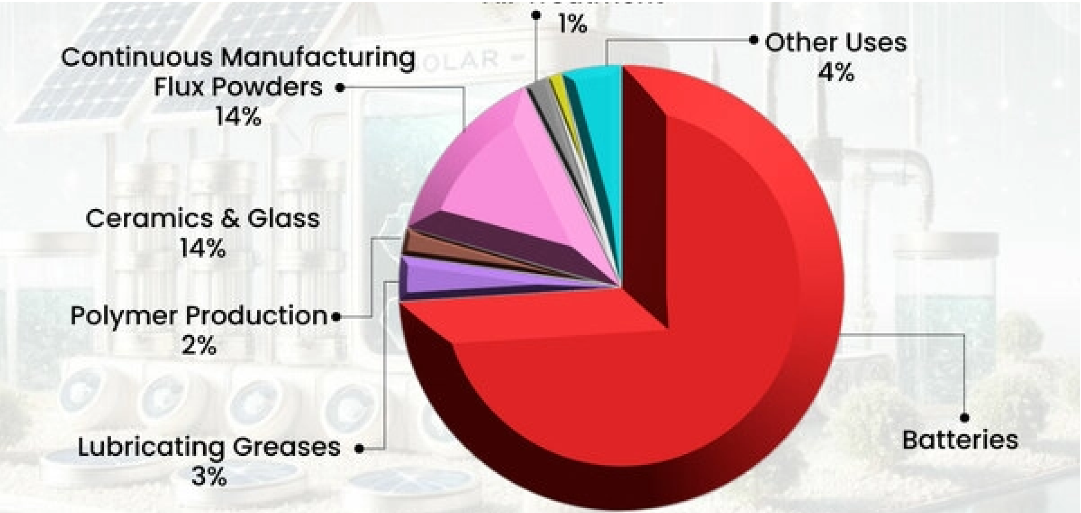Keysight Joins Forces With Synopsys To Validate RF And Millimeter Wave Circuits
In August 2022, Keysight Technologies, Inc. announced that it is extending its collaboration with Synopsys by integrating PathWave RFIC Design (GoldenGate) with Synopsys Custom Compiler design environment and Synopsys PrimeSim circuit simulation solutions. As a result, designers will be able to validate complex radio frequency (RF) and millimeter wave design requirements for 5G/6G system-on-chip (SoC) and subsystem designs in Synopsys Custom Design.
The complexity of the design requirements for radio frequency integrated circuits (RFICs) used in wireless data transmissions, such as transceivers and RF front-end components, continues to rise. Among the capabilities of next-generation wireless systems are higher bandwidth, increased device connectivity, lower latency, and a broader range of coverage. RF performance must be simulated and measured with greater accuracy to address these requirements. As part of the Synopsys Custom Design Family of products, PathWave RFIC Design (GoldenGate) simulation software, which models complex integrated circuits, integrates with Synopsys Custom Compiler, which helps designers optimize power and performance and deliver 5G and 6G designs efficiently.
According to Niels Faché, Vice President and General Manager of Keysight's PathWave Software Solutions,“with this integration, customers will have access to Harmonic Balance and Envelope simulations, as well as Keysight's Virtual Test Benches, to reliably compute error vector magnitude and adjacent channel power ratio early in the design and verification process.”
Integration of Keysight's PathWave RFIC Design (GoldenGate) into the Synopsys environment and Custom Compiler design workflow provides customers with an enterprise-grade solution for RF and wireless design, delivering benefits including complementary, high-capacity RFIC simulation solutions to validate complex SoCs with accurate electromagnetic (EM) models for RF and millimeter-wave design blocks; improved productivity with defined ordinary test benches, measurements, and simulation setup; and ability to meet complex RF and millimeter-wave design requirements to facilitate the creation of 5G and 6G SoC and subsystem designs
Speaking at the announcement Aveek Sarkar, Vice President of engineering at Synopsys, said, "to enable critical differentiating advantages for 5G/6G designs, Synopsys is delivering robust RF design solutions that deliver best-in-class design, simulation, and layout productivity workflows." The company can provide complementary RFIC simulation products within Synopsys Custom Design thanks to its close partnership with Keysight. The bespoke design flow enables designers to produce a more productive design and verification solution with noticeably quicker layout and design closure, enabling them to meet deadlines more rapidly and meet the speed, bandwidth, and data throughput needs.

